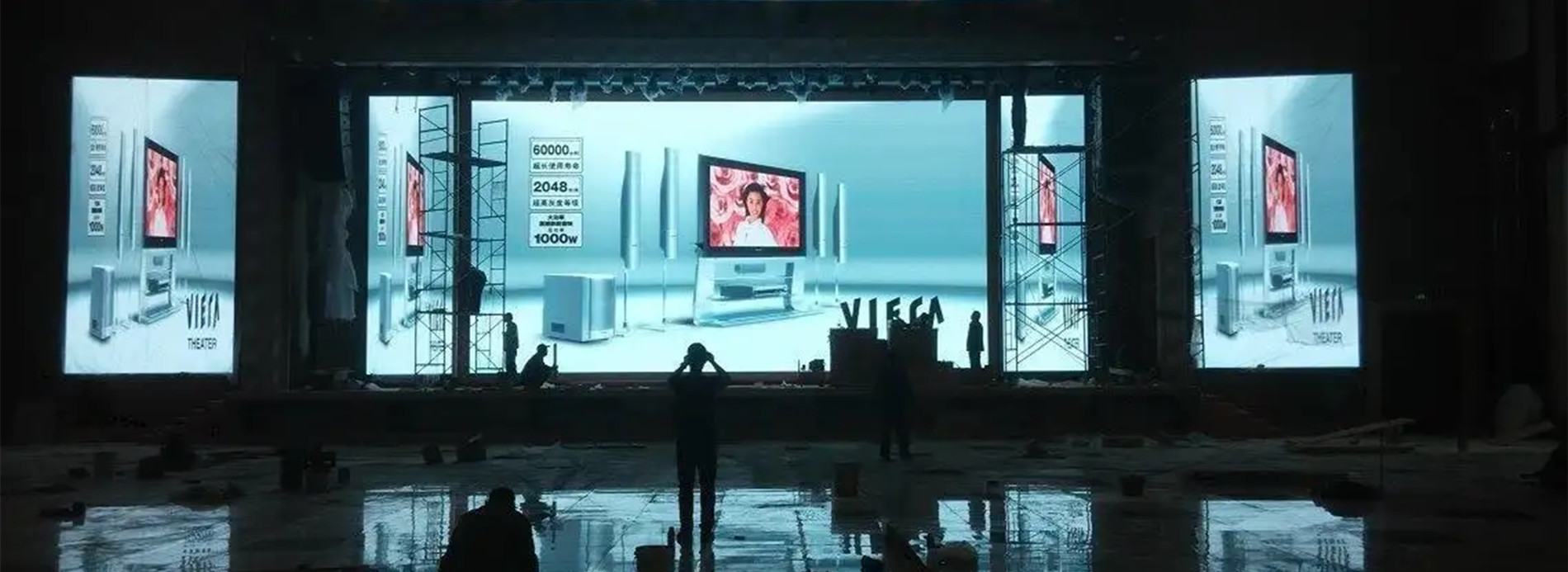LED technology is now widely utilized, yet the first light-emitting diode was invented by GE employees over 50 years ago. The potential of LEDs became immediately apparent as people discovered their small size, durability, and brightness. LEDs also consume less energy than incandescent bulbs. Over the years, LED technology has undergone significant development. In the past decade, large high-resolution LED displays have been used in stadiums, television broadcasts, public spaces, and serve as beacons in places like Las Vegas and Times Square.
Three major changes have influenced modern LED displays: enhanced resolution, increased brightness, and application-based versatility. Let’s examine each of them.
Enhanced Resolution The LED display industry uses pixel pitch as a standard measure to indicate the resolution of digital displays. Pixel pitch is the distance from one pixel (LED cluster) to the next adjacent pixel, above, and below it. Smaller pixel pitches compress the gaps, resulting in higher resolution. Early LED displays used low-resolution bulbs capable only of projecting text. However, with the advent of updated LED surface mounting techniques, it’s now possible to project not only text but also images, animations, video clips, and other information. Today, 4K displays with a horizontal pixel count of 4,096 are rapidly becoming standard. 8K and above are possible, although certainly less common.
Increased Brightness The LED clusters comprising LED displays have seen significant advancement compared to their initial iterations. Today, LEDs emit bright, clear light in millions of colors. When combined, these pixels or diodes can create striking displays viewable at wide angles. LEDs now offer the highest brightness among all types of displays. This increased brightness enables screens to compete with direct sunlight—a huge advantage for outdoor and window displays.
Extensive Applications of LEDs For years, engineers have been striving to improve the ability to place electronic devices outdoors. LED display manufacturing can withstand any natural impact due to temperature fluctuations, changes in humidity levels, and salt air in coastal areas. Today’s LED displays are reliable in both indoor and outdoor environments, providing numerous opportunities for advertising and message delivery.
The non-glare properties of LED screens make LED video screens the preferred choice for various environments such as broadcasting, retail, and sporting events.
Over the years, digital LED displays have seen tremendous development. Screens are becoming increasingly larger, thinner, and come in various shapes and sizes. The future of LED displays will incorporate artificial intelligence, enhanced interactivity, and even self-service capabilities. Additionally, pixel pitch will continue to decrease, enabling the creation of very large screens that can be viewed up close without sacrificing resolution.
About Hot Electronics Co., Ltd.
Hot Electronics Co., Ltd. was founded in Shenzhen, China in 2003, and it is a leading global provider of LED display solutions. Hot Electronics Co., Ltd. has two factories located in Anhui and Shenzhen, China. Additionally, we have established offices and warehouses in Qatar, Saudi Arabia, and the United Arab Emirates. With several production base of over 30,000sq.m and 20 production line, we can reach production capacity 15,000sq.m high definition full color LED display each month.
Our main products include:HD Small Pixel Pitch led display,Rental Series led display, Fixed installation led display, outdoor mesh led display, transparent led display, led poster and stadium led display. We also provide custom services (OEM and ODM). Customers can customize according to their own requirements, with different shapes, sizes, and models.
Post time: Apr-08-2024

